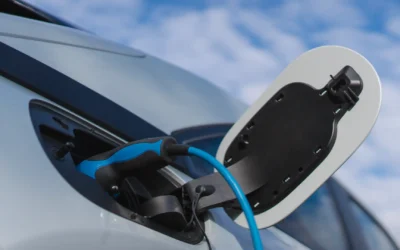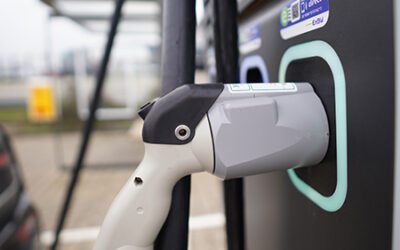Commercial vehicle industry has witnessed rapid electrification. This change is due to the focus across the world on reducing emission of CO2. In 11 European countries, there are 245 low emission zones, thus demanding the purchase of electric vehicles i.e. positive demand shock.
Thus, it is predicted that vehicles are going to witness an increasing demand as across the world, unions and governments have mission to promote electric vehicles. For example, in Europe, European Union has set the target of decreasing the emission of greenhouse gases by 20%. This target has been increased to 40% by 2040. In United States, under Zero Emission Vehicle, by 2030 it is planned to place 12 million ZEVs on the road. Further, in China, the vehicles registered after July 2020 are supposed to follow 6 Emission Standards. These emission standards have strict emission rules i.e. car registered would ensure 40% reduction on NOx emission, 50% hydrocarbon etc.
Commercial Vehicle are one of the biggest sources of pollution. Alone in South Asia, around 70% of emission of pollution is caused by heavy commercial vehicles, thus, increasing the demand of electrified commercial vehicles.
Speaking of trucks specifically in commercial vehicles, analyzing the trend and speed of electrification forecasted that the market of electric trucks will occupy over 1.93% share of global medium and heavy-duty market by 2025. The rapid production and installation of electric trucks in China, suggests that by 2025 Chinese trucks would dominate the global medium heavy-duty electric trucks market by accumulating major market shares. Competing with it, North America appears to be second in the race of investing in setting up a structure for electric truck market in the region. Additionally, the market of electric trucks has a CAGR of 53% from 2020 to 2025. Which is beneficial for the world, as when Sweden adopted electric trucks, it saved up to 10% of the fuel and burned less carbon di oxide in air.
Thus, suggesting that the market for electric trucks would grow exponentially in the comparing years owing to the pressure of the governments on converting vehicles to electrification.
Related Insights
Sustainability Across Sectors: Highlights from GreenTech Festival 2024
Recently, I had the privilege to attend and present at the Greentech Festival, an excellent event in the realm of sustainability. This influential gathering left a profound impact, and I am delighted to share a comprehensive analysis of my experiences. The Greentech...
An Evolving Market: Rise of Electric Vehicles in Europe (2023)
This infographic examines the electric vehicle (EV) market in the European region. It highlights the current and forecasted EV market size of each vehicle type and the current and future trends in the light-duty and heavy-duty EV markets. European Electric Vehicles...
Evolution of V2G: CPOs-Automotive OEMs-Utilities at the center of transition
Evolution of V2G: CPOs-Automotive OEMs-Utilities at the center of transition [ba_advanced_divider active_element="text" title="About the Whitepaper" use_mask="on" border_style_classic="solid" border_color="#1b587c" border_weight="3.8px" border_offset="6px"...
European Electric Vehicle Charging Infrastructure (EVCI) Services Market Landscape
This infographic gives an overview of the electric vehicle charging infrastructure (EVCI) services market in the European region. It highlights the current and forecasted EVCI services market size for Europe, followed by key service providers in the region, and...



